Thirdly, Ocean Resource acknowledged that Ocean Met must be easily deployable and recoverable with nothing more than standard offshore tugs in order to offer wind farm developers both the flexibility of very short lead times for deployment and relocation and remove the current cost impediments of doing so.
Utilising current budgets planned for a single mast, wind farm developers could now alternatively employ multiple Ocean Mets within the development zone. Ocean Met also opens up the possibility of multipoint testing to either expand existing developments or to maximise the density and size of future planned sites.
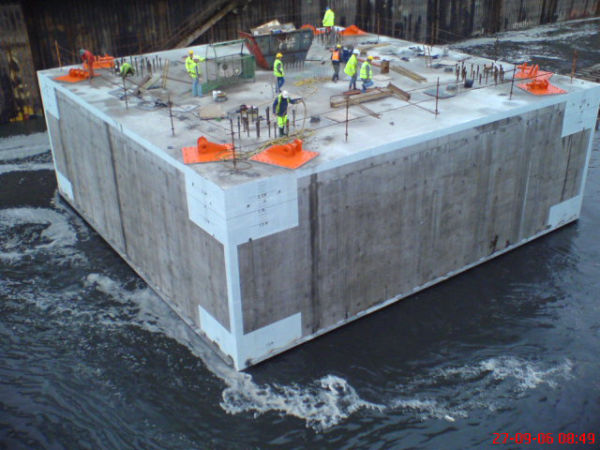
Ocean Met uses a concrete and steel cellular Gravity Buoyant System (GBS) foundation.
The gravity base is a rectangular, cellular reinforced concrete structure, comprising several separate ballast compartments.
The foundation is designed to sit on the sea bed and to resist the lateral forces imposed upon it by its buoy, tower and tethers.
A steel skirt can be fitted to increase sliding resistance of the base against the sea bed.
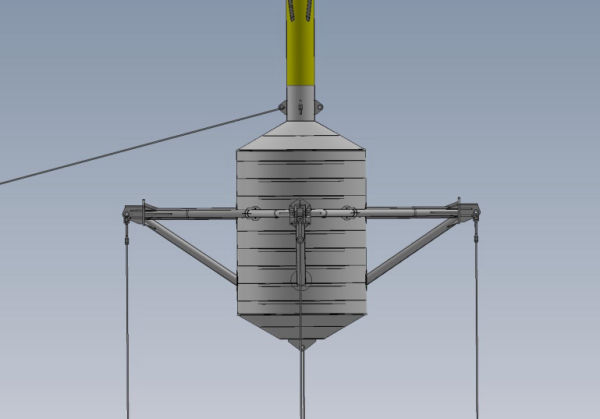
The Ocean Met buoy is attached to the gravity base through tether cables anchored into the foundation through force dissipating outriggers.
Each tether is a spiral steel bridge strand wire, galvanised and sheathed in high density polypropylene for corrosion protection. The exterior of each tether has a silicon based antifouling coating to reduce marine growth.
On the buoy these tether cables are attached through fabricated universal joints with low friction bearing surfaces to outriggers positioned below the ocean surface.
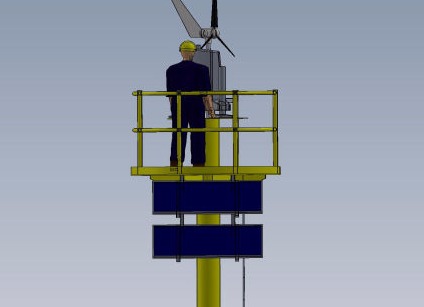
Ocean Met is designed to be much simpler and cheaper to instal than traditional offshore masts, with over 80% of the commissioning work taking place onshore.
Preparation
The instrument booms and fixings for solar panels and Wind Turbine Generators (WTG) power systems are all then set up and pre-wired before being sealed and loaded for transport.
The whole system is either launched on a slipway or simply floated off using the tide.
For more details on the 2-stage installation process, see below.
Even in the event of substantial damage to the buoy through collision etc, it should not sink and the gravity base will remain intact. Using a standard tug, the whole structure can be towed back to shore for repair and refurbishment.
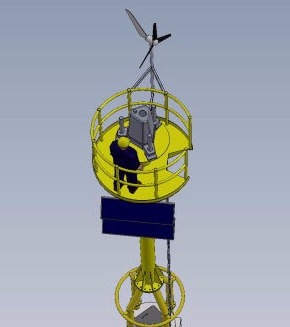
Ocean Met is designed to need very little servicing and maintenance. Solar panels are deployed which charge a substantial battery pack, which in turn powers the data collection and transmitting equipment.
All systems on Ocean Met can be monitored and interrogated from onshore allowing operators to be forewarned of any defects as soon as they start to occur. This should ensure that potential problems can be rectified prior to any full equipment failure.
In the event that some of the data gathering equipment does fail, the mast can be easily boarded from a boat and climbed. Equipment can either be hauled up for replacement, or if preferred for major work the mast can be lowered.
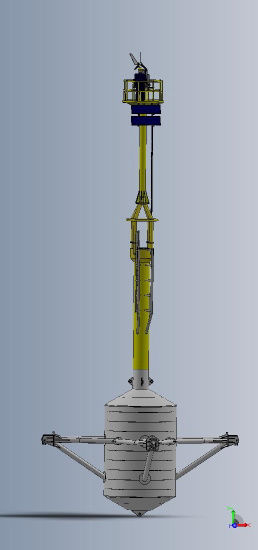
Two stage installation
HEAD OFFICE
Beacon Business Park
Norman Way
Portskewett
Monmouthshire
NP26 5PY
Wales
SOUTH EAST ASIA OFFICE
15th Floor, West Block
Wisma Selangor Dredging
142C, Jalan Ampang
50450 Kuala Lumpur
Malaysia
LINKS
CONTACT DETAILS
Email: info@oceanresource.co.uk
Head Office Phone: +44 (0) 1291 40 80 88
Malaysia Office Phone: +60 13 439 3114
FOLLOW US